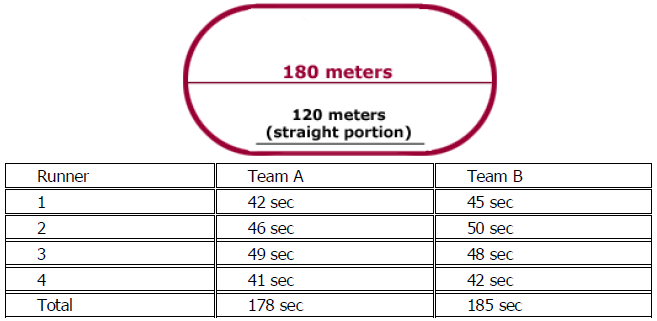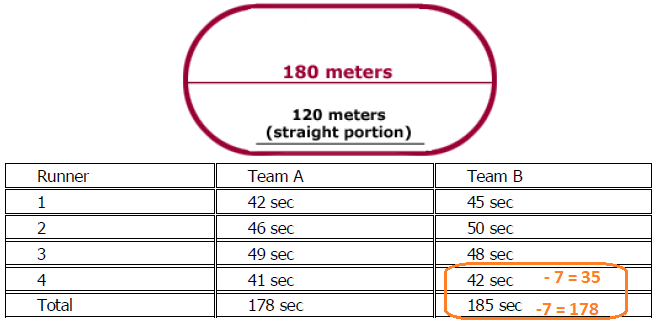Events & Promotions
|
|

GMAT Club Daily Prep
Thank you for using the timer - this advanced tool can estimate your performance and suggest more practice questions. We have subscribed you to Daily Prep Questions via email.
Customized
for You
Track
Your Progress
Practice
Pays
Not interested in getting valuable practice questions and articles delivered to your email? No problem, unsubscribe here.
- Nov 19
12:30 PM EST
-01:30 PM EST
Learn how Keshav, a Chartered Accountant, scored an impressive 705 on GMAT in just 30 days with GMATWhiz's expert guidance. In this video, he shares preparation tips and strategies that worked for him, including the mock, time management, and more - Nov 20
07:30 AM PST
-08:30 AM PST
Learn what truly sets the UC Riverside MBA apart and how it helps in your professional growth - Nov 20
01:30 PM EST
-02:30 PM IST
Learn how Kamakshi achieved a GMAT 675 with an impressive 96th %ile in Data Insights. Discover the unique methods and exam strategies that helped her excel in DI along with other sections for a balanced and high score. - Nov 22
11:00 AM IST
-01:00 PM IST
Do RC/MSR passages scare you? e-GMAT is conducting a masterclass to help you learn – Learn effective reading strategies Tackle difficult RC & MSR with confidence Excel in timed test environment - Nov 23
11:00 AM IST
-01:00 PM IST
Attend this free GMAT Algebra Webinar and learn how to master the most challenging Inequalities and Absolute Value problems with ease. - Nov 24
07:00 PM PST
-08:00 PM PST
Full-length FE mock with insightful analytics, weakness diagnosis, and video explanations! - Nov 25
10:00 AM EST
-11:00 AM EST
Prefer video-based learning? The Target Test Prep OnDemand course is a one-of-a-kind video masterclass featuring 400 hours of lecture-style teaching by Scott Woodbury-Stewart, founder of Target Test Prep and one of the most accomplished GMAT instructors.
Kudos
Bookmarks
B
Be sure to select an answer first to save it in the Error Log before revealing the correct answer (OA)!
Difficulty:
 95%
(hard)
95%
(hard)
Question Stats:
60% (03:10) correct 40%
(03:23)
wrong
40%
(03:23)
wrong  based on 817
sessions
based on 817
sessions
History
Date
Time
Result
Not Attempted Yet
The figure below represents a track with identical semi-circular ends used for a 4-lap relay race involving two 4-person teams (where each team member runs one complete lap around the track). The table below shows the lap times for each runner on Team A and Team B. Assuming that each runner runs at a constant rate, Team A win the race by how many meters?

A. 40 meters
B. \((40 + 10\pi)\) meters
C. \((40 + 20\pi)\) meters
D. \((20 + 10\pi)\) meters
E. \((20 + 20\pi)\) meters

Untitled.png [ 26.39 KiB | Viewed 52743 times ]
A. 40 meters
B. \((40 + 10\pi)\) meters
C. \((40 + 20\pi)\) meters
D. \((20 + 10\pi)\) meters
E. \((20 + 20\pi)\) meters
Attachment:
Untitled.png [ 26.39 KiB | Viewed 52743 times ]
Kudos
Bookmarks
\(Perimeter = 120 + 120 + 30\pi + 30\pi = 240 + 60\pi\)
Refer the modified diagram below:

Untitled.png [ 33.11 KiB | Viewed 46860 times ]
At 178 seconds, when Team A completed the race, last runner of Team B had 42-35 = 7 seconds to complete the race.
We require to find the distance covered in last 7 seconds
Distance covered in 42 seconds is \(240 + 60\pi\), so distance covered in 7 seconds
\(= \frac{7}{42} * (240 + 60\pi) = 40 + 10\pi\)
Answer = B
Refer the modified diagram below:
Attachment:
Untitled.png [ 33.11 KiB | Viewed 46860 times ]
At 178 seconds, when Team A completed the race, last runner of Team B had 42-35 = 7 seconds to complete the race.
We require to find the distance covered in last 7 seconds
Distance covered in 42 seconds is \(240 + 60\pi\), so distance covered in 7 seconds
\(= \frac{7}{42} * (240 + 60\pi) = 40 + 10\pi\)
Answer = B
Kudos
Bookmarks
Bunuel
radius of the curved part (semi-circle) = 1/2(60) =30
thus perimeter of the track (120*2) + 2pi(30) = 240 + 60pi
now as per the chart, team A beats team b by 7 sec. obviously, the final lap is run by the last runner of team B which takes 42 seconds to run the complete track.
during these 7 secs, this last runner would have covered 7/42 = 1/6 of the lap.
thus Team A defeated team B by 1/6(240 + 60pi) = 40 + 10 pi
hence B
















